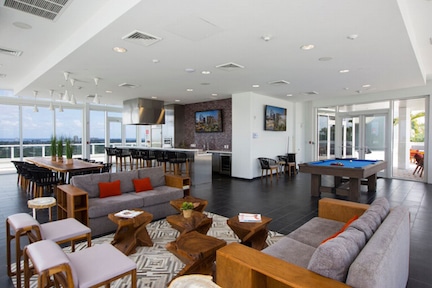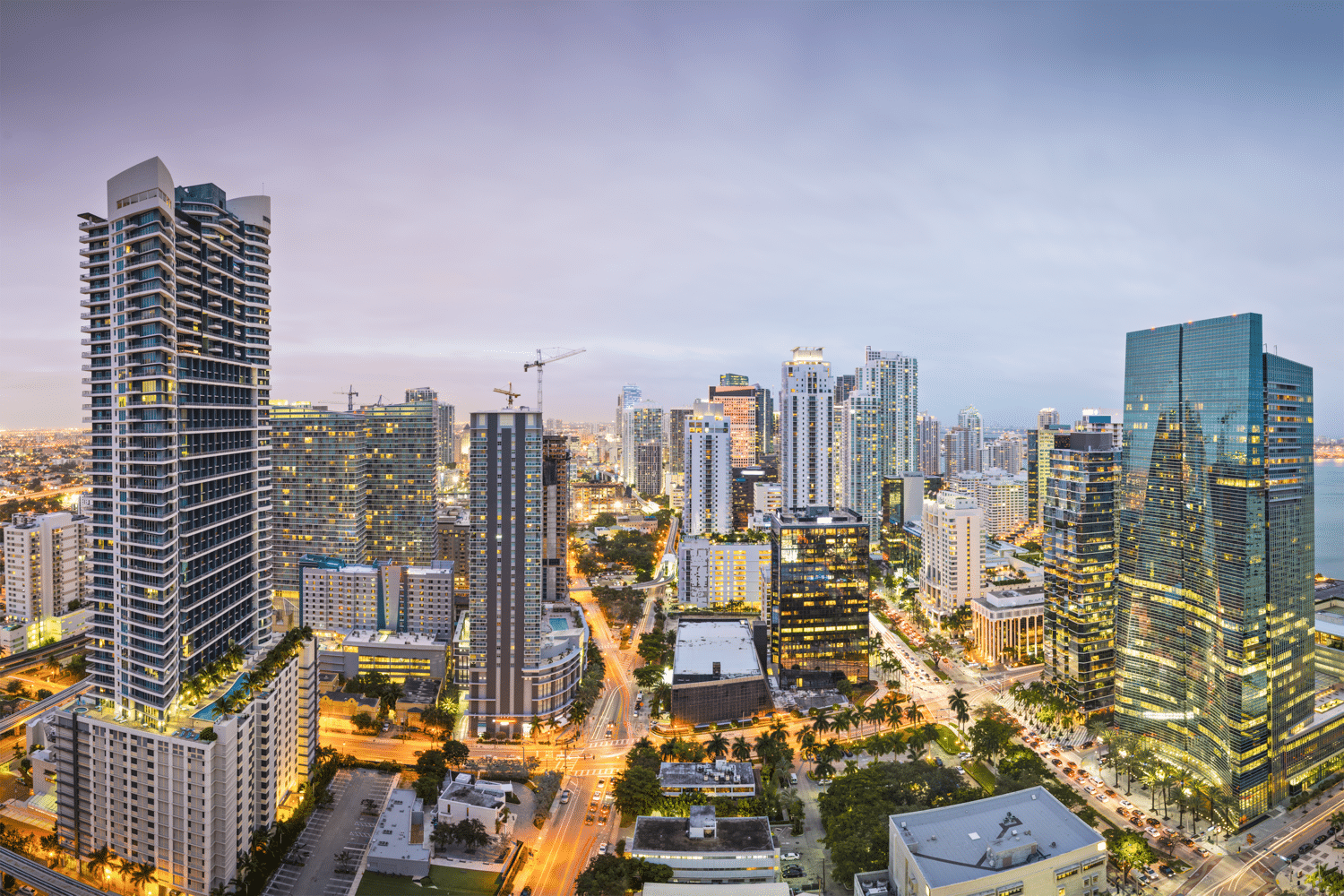Stantec’s Andrew Burnett Featured in Invest Fort Lauderdale
 Architect and Stantec Miami’s Senior Principal Andrew Burnett, AIA, LEED AP BD+C, NCARB, was recently interviewed by Invest Fort Lauderdale. He addressed the company’s key projects in the area including the Broward County Convention Center and Hotel, one of the largest projects underway in Broward that has many resilient aspects. Stantec is the architect of record and landscape architect for the $1 billion dollar project that includes additional convention space and a new outdoor plaza and 800-room hotel.
Architect and Stantec Miami’s Senior Principal Andrew Burnett, AIA, LEED AP BD+C, NCARB, was recently interviewed by Invest Fort Lauderdale. He addressed the company’s key projects in the area including the Broward County Convention Center and Hotel, one of the largest projects underway in Broward that has many resilient aspects. Stantec is the architect of record and landscape architect for the $1 billion dollar project that includes additional convention space and a new outdoor plaza and 800-room hotel.
Burnett also shared his insight on the multifamily market such as the demand for smaller units outside the downtown urban core, an indication that people are looking for alternative housing solutions that are more affordable. Another trend he’s seeing is residential projects permitting themselves like a hotel which allows developers to operate as a short-term rental while they’re leasing their building. As a result of this, Stantec is designing spaces to be more flexible.
Other topics Burnett discussed include the opportunity zones and the National Flood Insurance Program. Stantec’s other projects in Broward County include Manor Miramar, Las Olas Walk, 1380 South Ocean Boulevard and the new AC Hotel by Marriott in Sawgrass Mills.
Read the full interview at Capital Analytics Associates.


